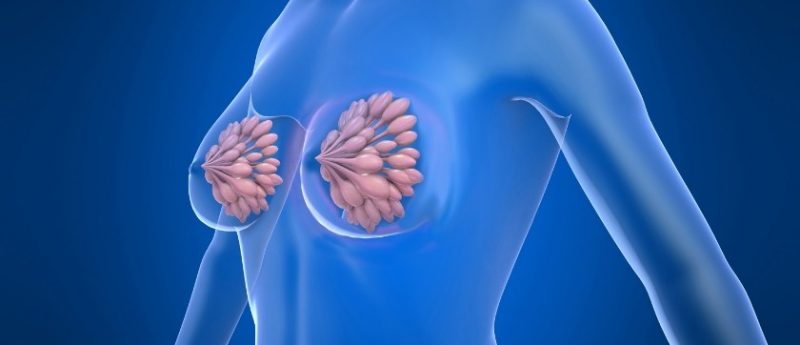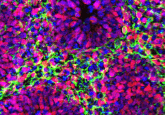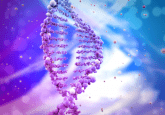New method for predicting breast cancer risk could be a game changer

Researchers have developed the most comprehensive method of calculating a woman’s risk of developing breast cancer.
Scientists from Cancer Research UK have developed the most comprehensive method of calculating a woman’s risk of developing breast cancer – taking into account the widest range of genetic and environmental factors to date.
There are multiple risk factors for developing breast cancer and many cases are in high-risk individuals. A new technique allows for the early detection of those most at risk and grading their score, not solely splitting into ‘high risk’ and ‘low risk’, to give more precise predictions.
Breast cancer risk is polyfactorial with some factors having only a small impact overall. This new method considers all known factors in combination, including over 300 genetic indicators, family history, weight, age, alcohol consumption and use of hormone replacement therapy.
“This is the first time that anyone has combined so many elements into one breast cancer prediction tool. It could be a game changer for breast cancer because now we can identify large numbers of women with different levels of risk – not just women who are at high risk” commented lead author Antonis Antoniou from the University of Cambridge (UK).
The method, recently published in Genetics in Medicine, uses an online calculator where a GP can input a patient’s information and responses to a series of questions. These questions cover factors such as their alcohol usage or whether they have any known genetic alterations that are linked to breast cancer.
Such information holds promise for the tailoring of breast cancer screening, inviting those at risk at an earlier age and at an increased regularity. It could also help individuals when making decisions about preventative therapy, be it lifestyle changes or taking targeted therapies such as tamoxifen.
“This should help doctors to tailor the care they provide depending on their patients’ level of risk. For example, some women may need additional appointments with their doctor to discuss screening or prevention options and others may just need advice on their lifestyle and diet” continued Antoniou; “We hope this means more people can be diagnosed early and survive their disease for longer, but more research and trials are needed before we will fully understand how this could be used.”
Richard Roope of Cancer Research UK commented: “Research like this is hugely exciting because in the future it will enable us to offer much more tailored care which will benefit patients and make best use of the services that we have available. Although having an increased risk of breast cancer means a woman is more likely to develop the disease, it’s by no means a certainty. A woman at high risk may never get breast cancer just as a woman at low risk still could. But any woman with concerns should speak to her GP to discuss the options.”
Sources: Lee A, Mavaddat N, Wilcox AN et al. BOADICEA: a comprehensive breast cancer risk prediction model incorporating genetic and nongenetic risk factors. Genet. Med. doi:10.1038/s41436-018-0406-9 (2019); www.cancerresearchuk.org/about-us/cancer-news/press-release/2019-01-15-researchers-develop-comprehensive-new-way-to-predict-breast-cancer-risk
Related news:
Palbociclib halts tumor growth in early breast cancer patients
Pregnancy shown to increase the short-term risk of developing breast cancer
NCRI 2018: Women who are ‘larks’ have a lower risk of developing breast cancer, study suggests





